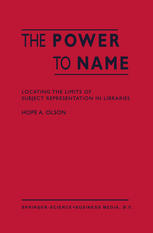

Most ebook files are in PDF format, so you can easily read them using various software such as Foxit Reader or directly on the Google Chrome browser.
Some ebook files are released by publishers in other formats such as .awz, .mobi, .epub, .fb2, etc. You may need to install specific software to read these formats on mobile/PC, such as Calibre.
Please read the tutorial at this link: https://ebookbell.com/faq
We offer FREE conversion to the popular formats you request; however, this may take some time. Therefore, right after payment, please email us, and we will try to provide the service as quickly as possible.
For some exceptional file formats or broken links (if any), please refrain from opening any disputes. Instead, email us first, and we will try to assist within a maximum of 6 hours.
EbookBell Team

5.0
40 reviewsIn this preface I will include explanations of three factors: the intended audience of this book, the structure of the book, and the acknowledgement of many who contributed to its fruition. The Power to Name is intended for two audiences: those interested in knowledge organization and those interested in theoretical study of representation. These two groups come from the perspective of the structure and principles of organization and from the perspective of understanding the cultural ramifications of naming. The first may be those who develop subject representation schemes for a wide range of purposes and those who apply those schemes. They may be librarians, information scientists, web developers or knowledge managers. The second group are likely to be feminist, poststructural and postcolonial theorists who explore the construction of meaning. It is my hope that both of these audiences will find the case of subject representation in library catalogues illuminating in a much wider sense. I have tried to include a modicum of explanation for each audience while avoiding over-explanation for either. This approach will require some patience and some close reading from each? The intellectual structure of the book is introduced in the first chapter. However, in a book on organization of knowledge and information it is important to also explain its internal syndetic structure. I have used some somewhat unconventional approaches. The book contains a fair number of 'manual hyperlinks' - references to earlier discussions of a topic in the form of "see also page . . . " referrals.